Nearly 1,000 anti-aircraft sites were built during the Second World War and 192 were retained for use with nuclear weapons in what would be known as the Cold War. Under a plan code named ‘Igloo’, 78 sites were chosen with 54 having guns permanently mounted however at the outbreak of the Korean War, 683 batteries were listed in a mobilisation plan. This site in Roydon, near Harlow, is thought to be one of around eight sites to remain in such a good condition from the ‘Igloo’ scheme and is also a rarity to survive from the ‘Nucleus Force’ gun sites.
The battery was officially documented in War Office records as `LN (London North) 70 Tyler’s Cross’, and became operational in 1949- 50 until the national anti-aircraft battery system was stood down in 1955.
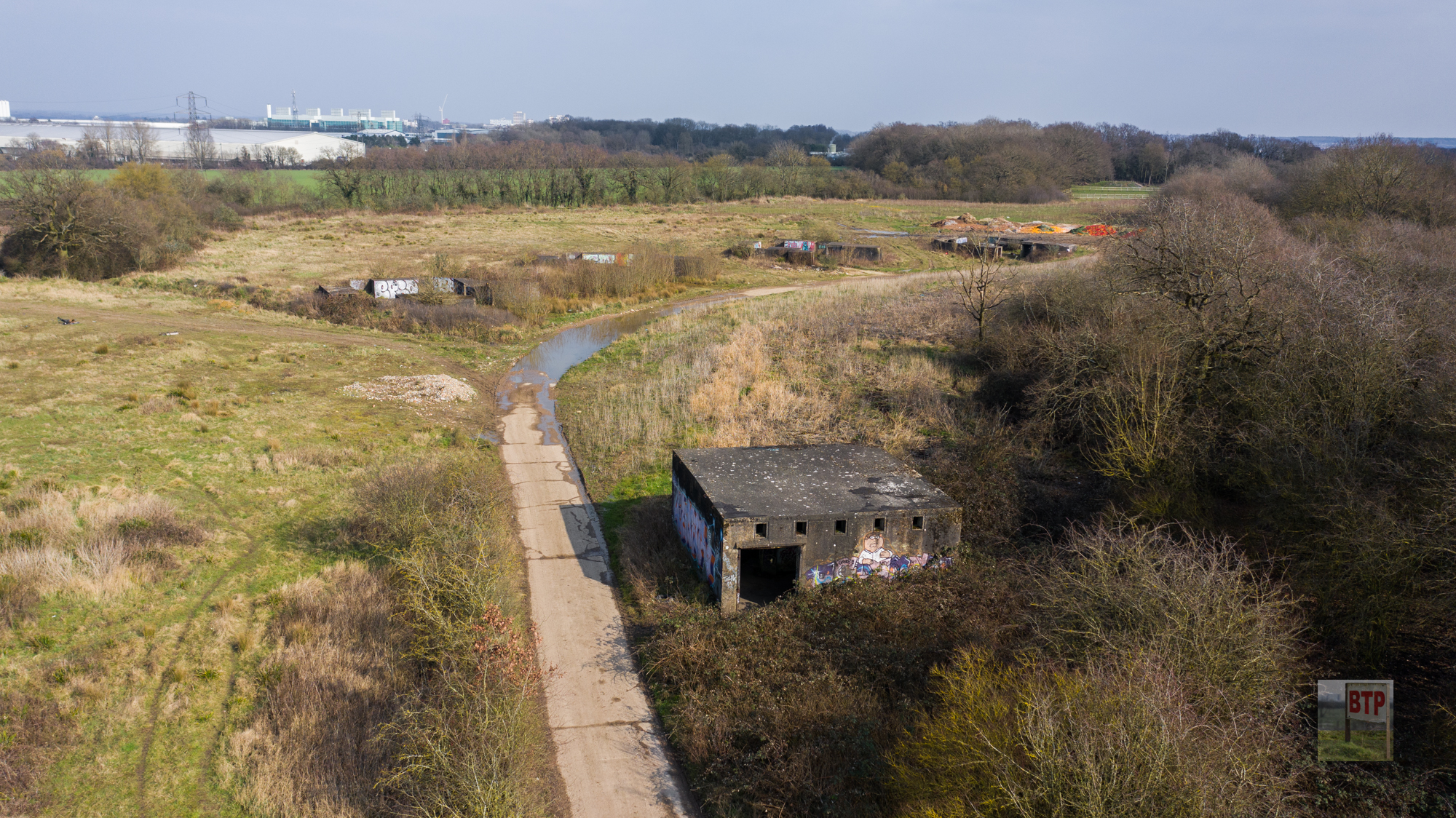
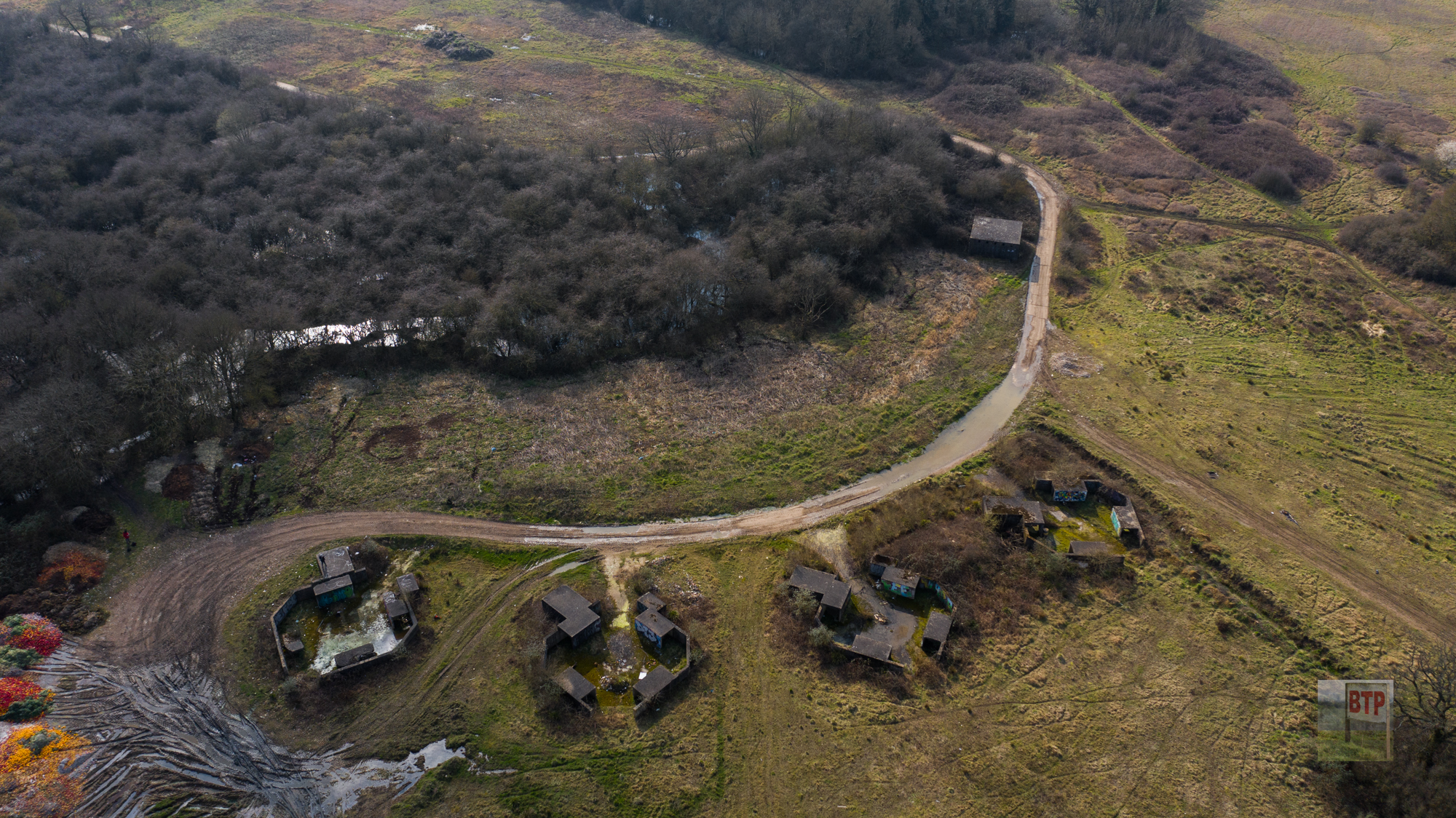
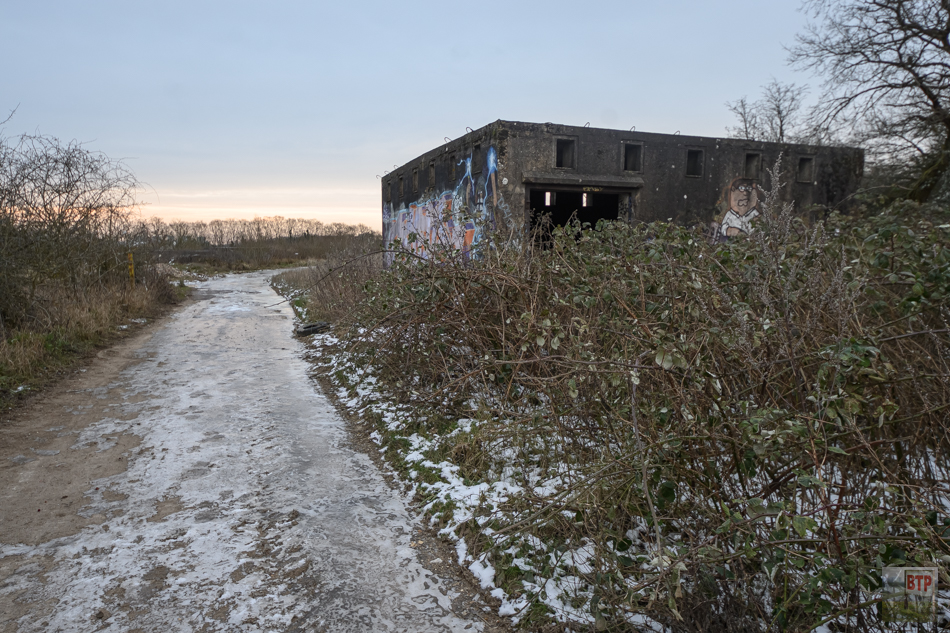
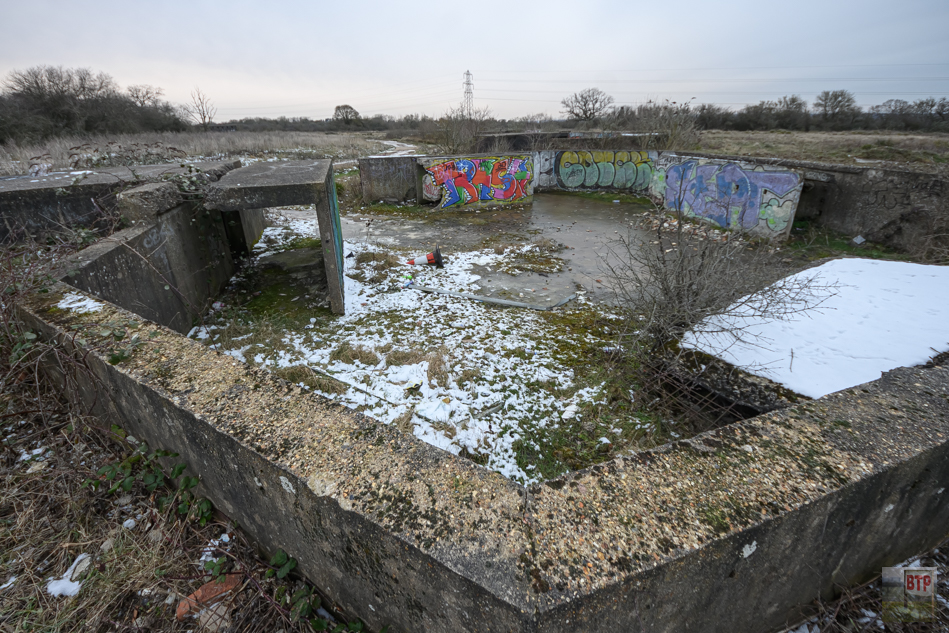
Main Battery
Although the site was not permanently equipped with weapons, the battery maintained positions for four 3.7-inch guns in a traditional arc shape. Remains of wooden ammunition racking still survive within the emplacement walls.
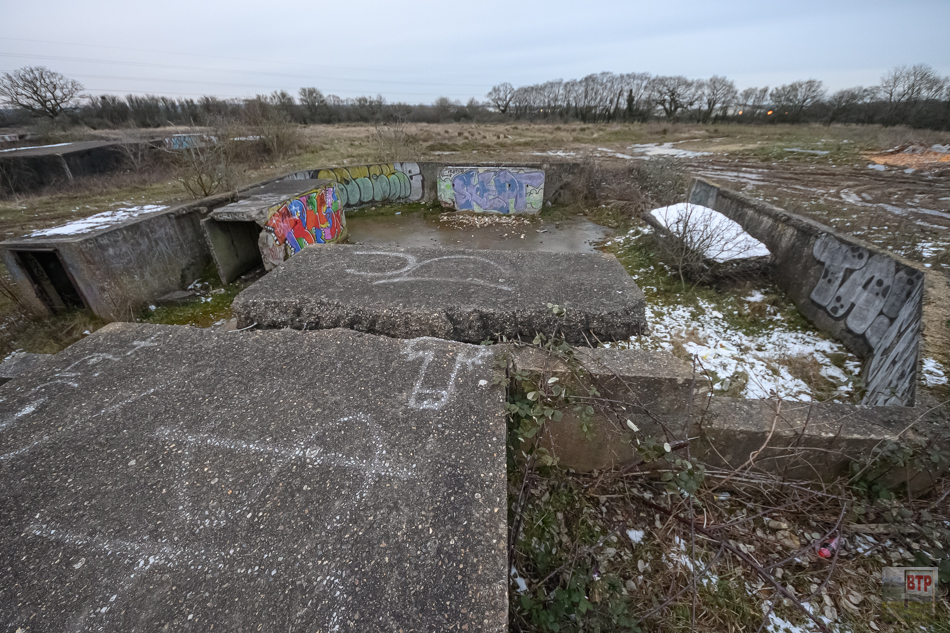
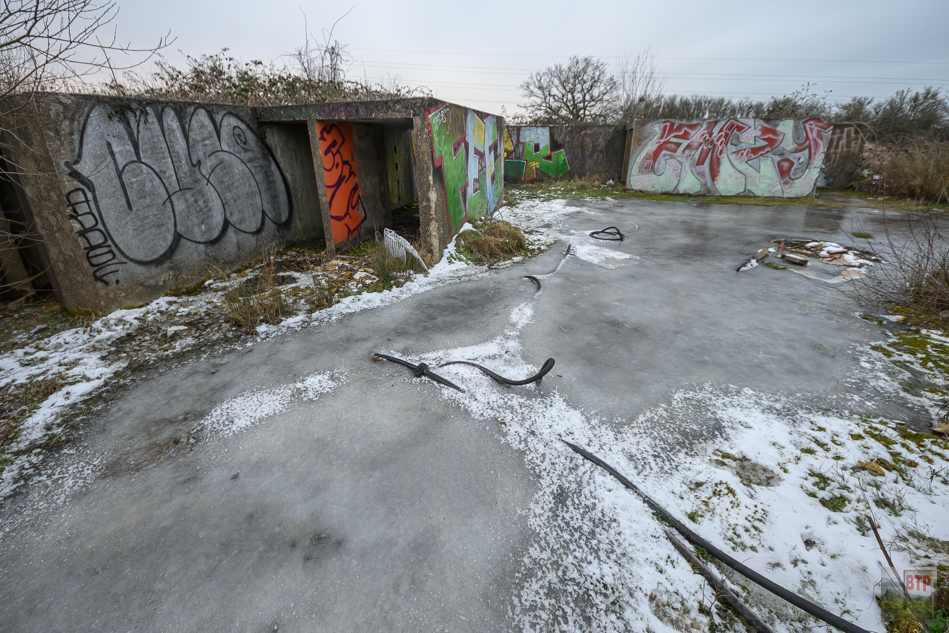
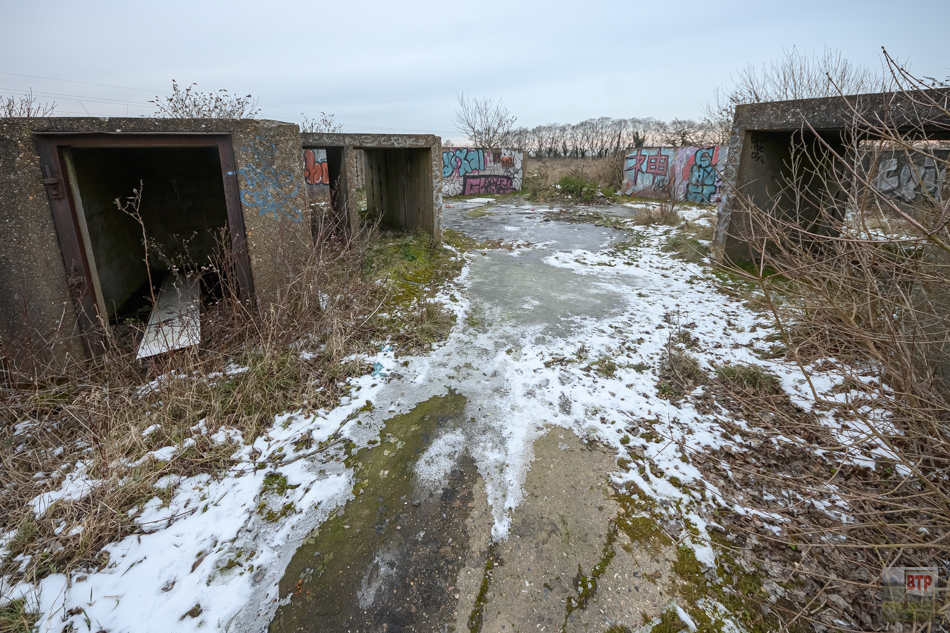

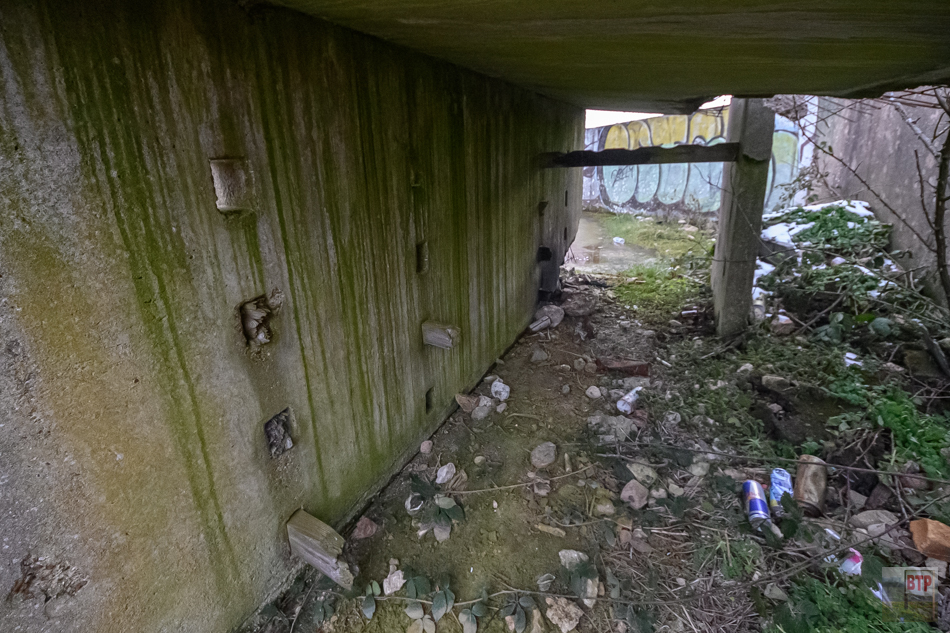

Standby Generator Block
Located to the east of the main battery is this stand-by generator block. Should any regional electricity stations be taken out, this would have provided electricity to the entire site. Hooks on the outside of the building suggest that it would have been covered in camouflage to disguise it.

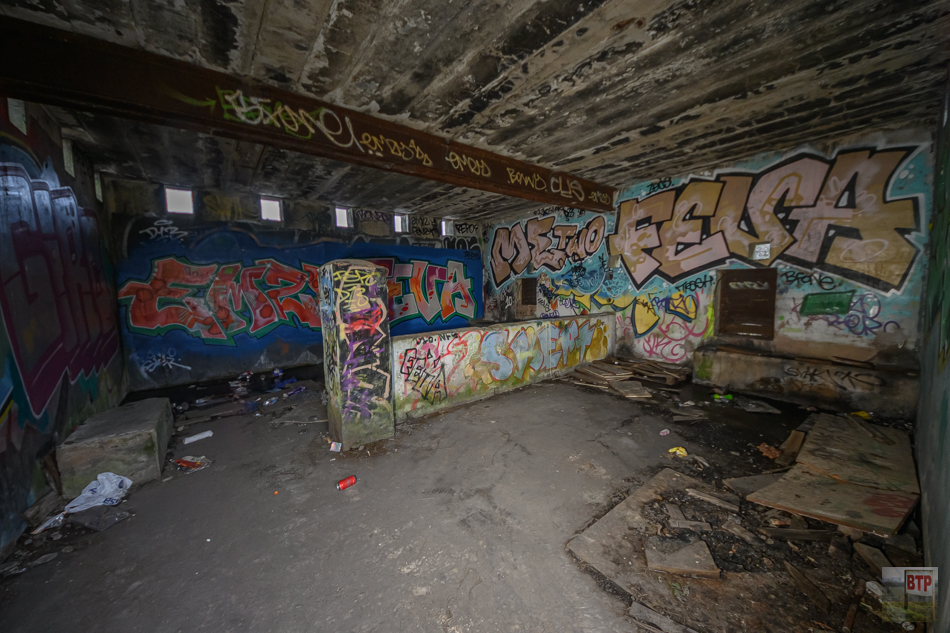
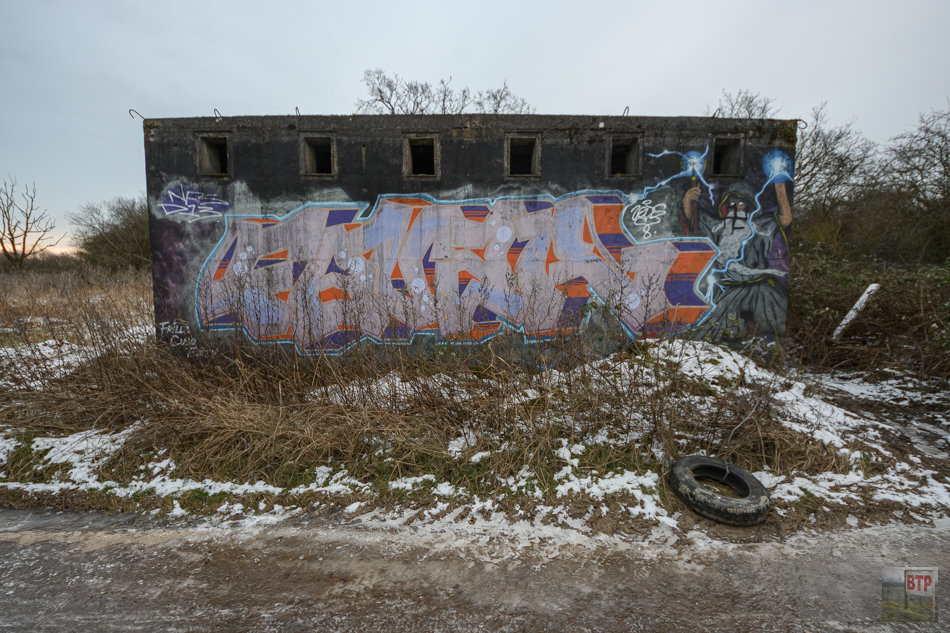
Control Room
The most southerly of the buildings is the control room where the coordination of the guns would have been planned from within the reinforced walls. Two rooms have their own entrances and a single window which would have been covered by steel shutters.
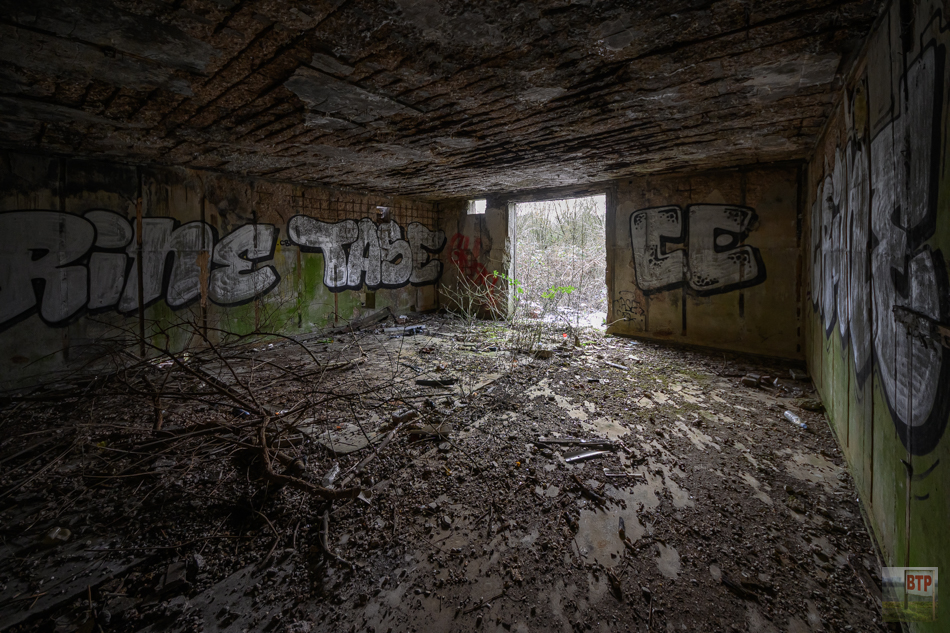

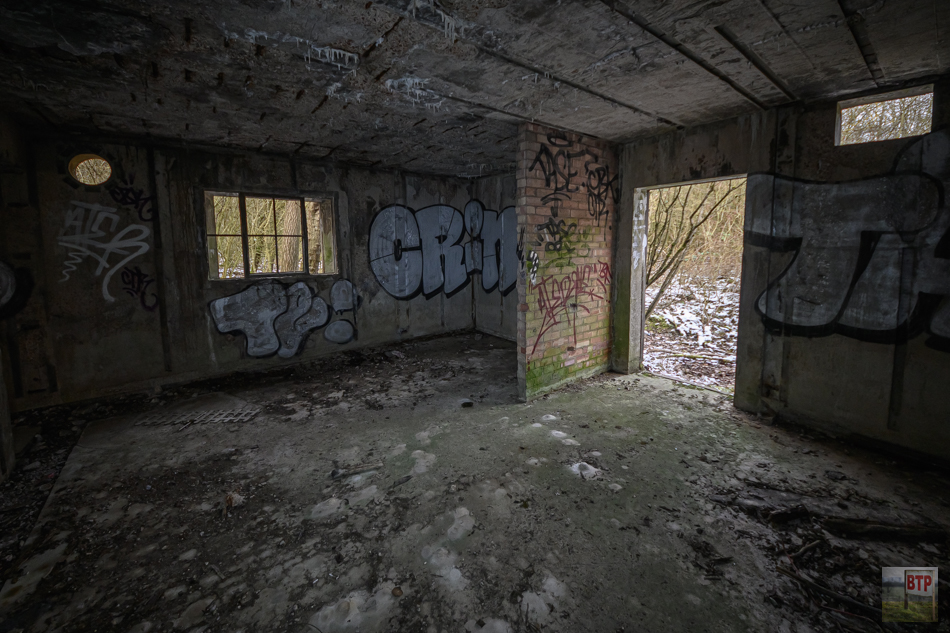
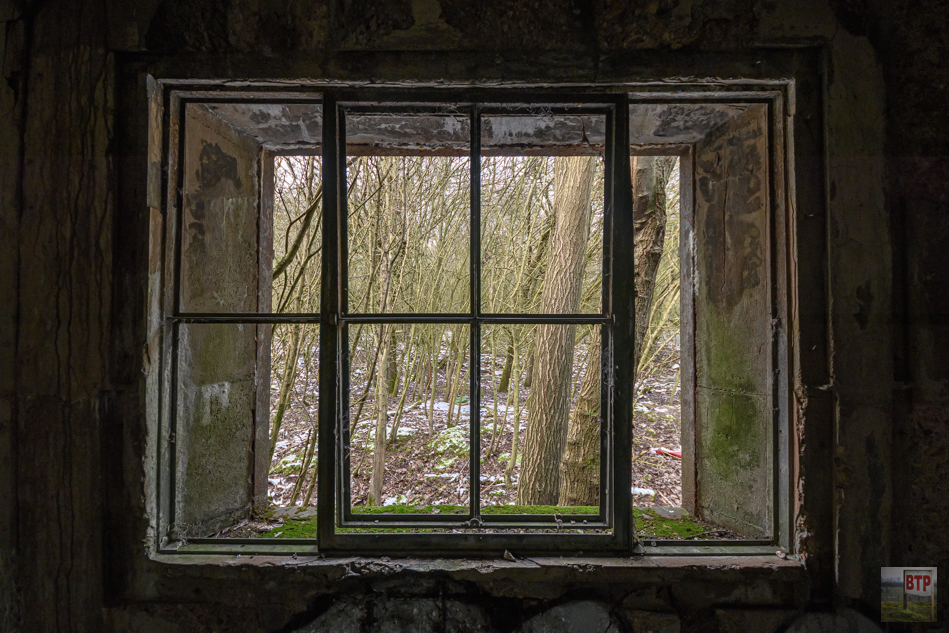
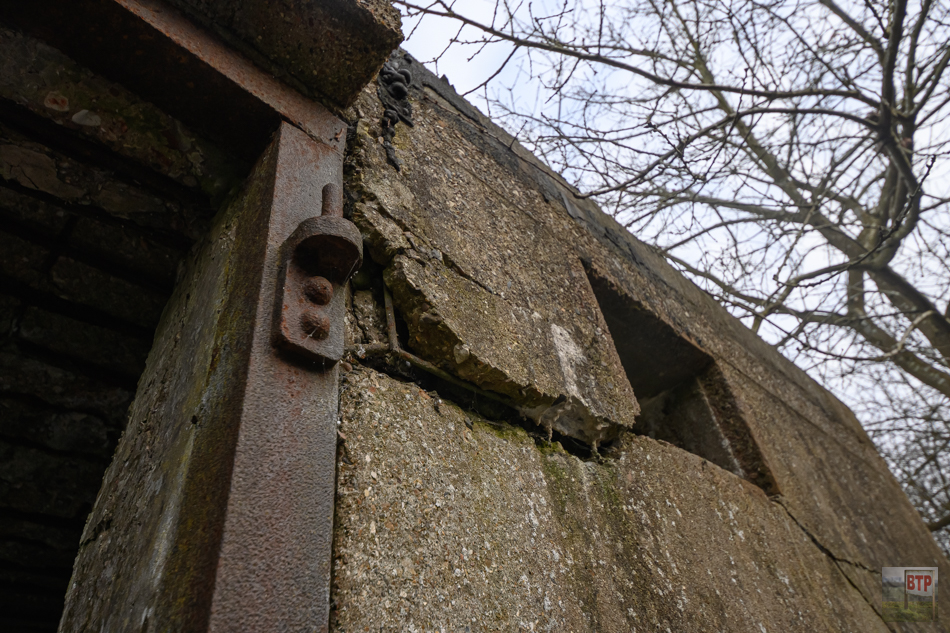
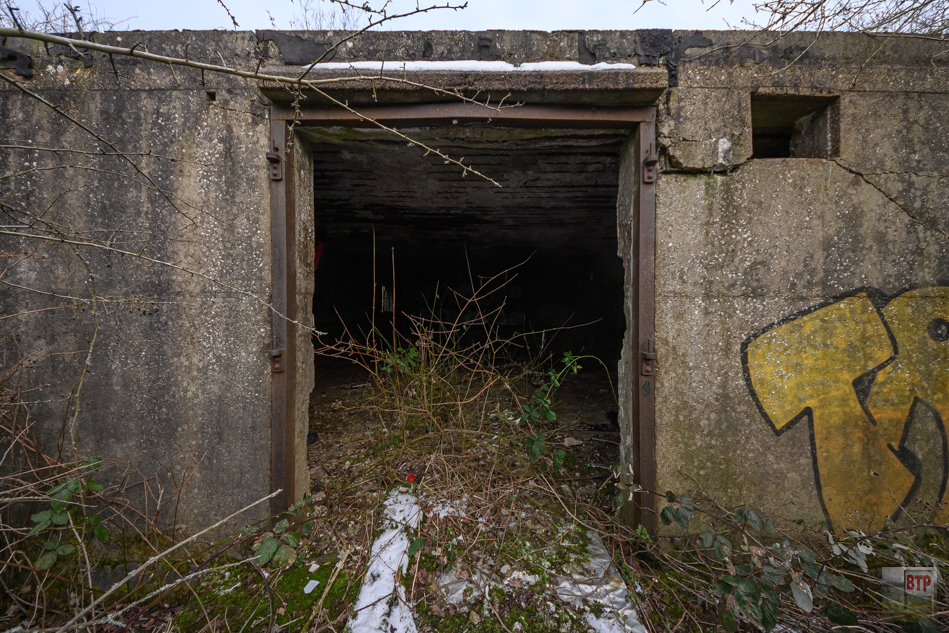
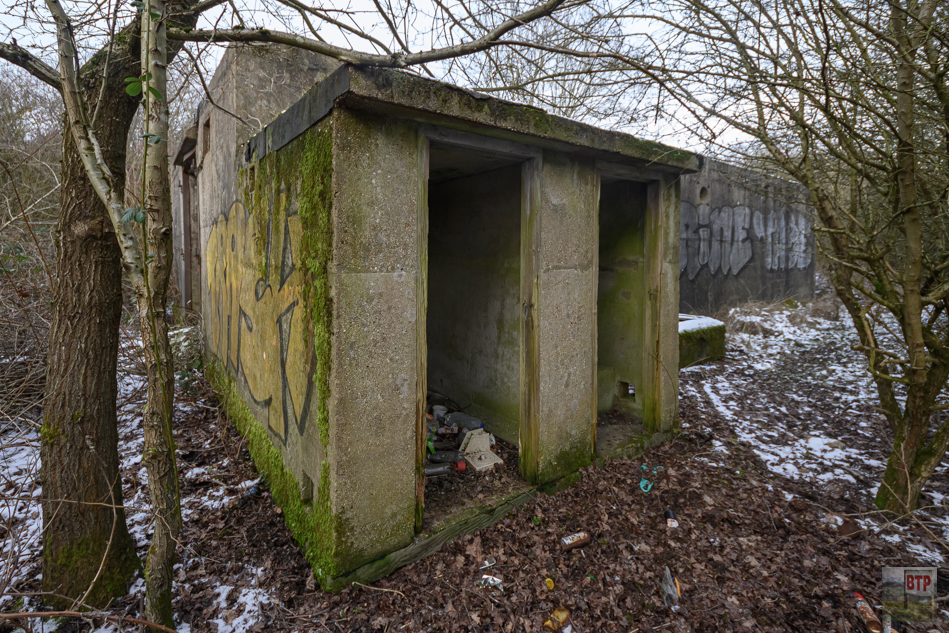
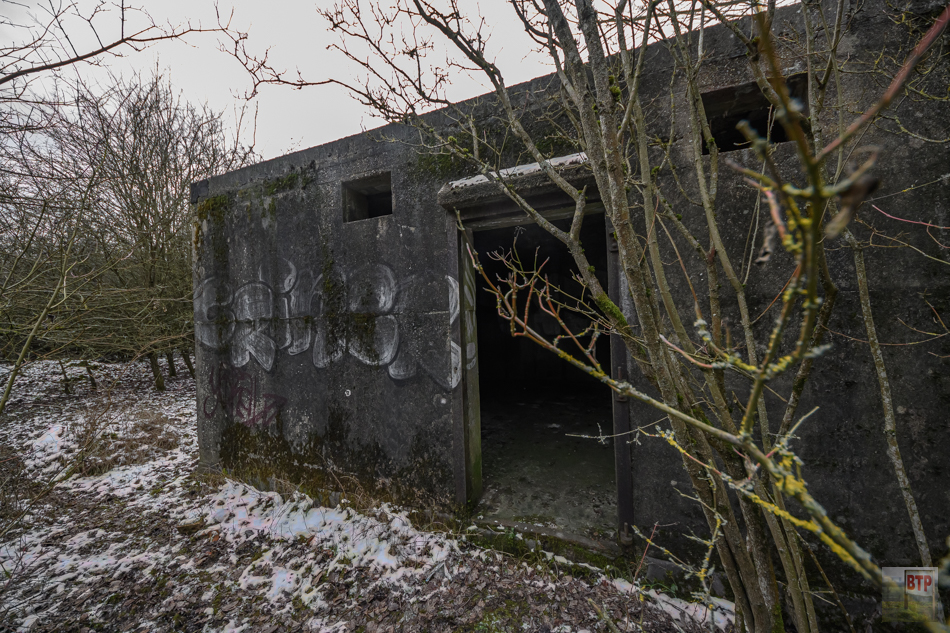
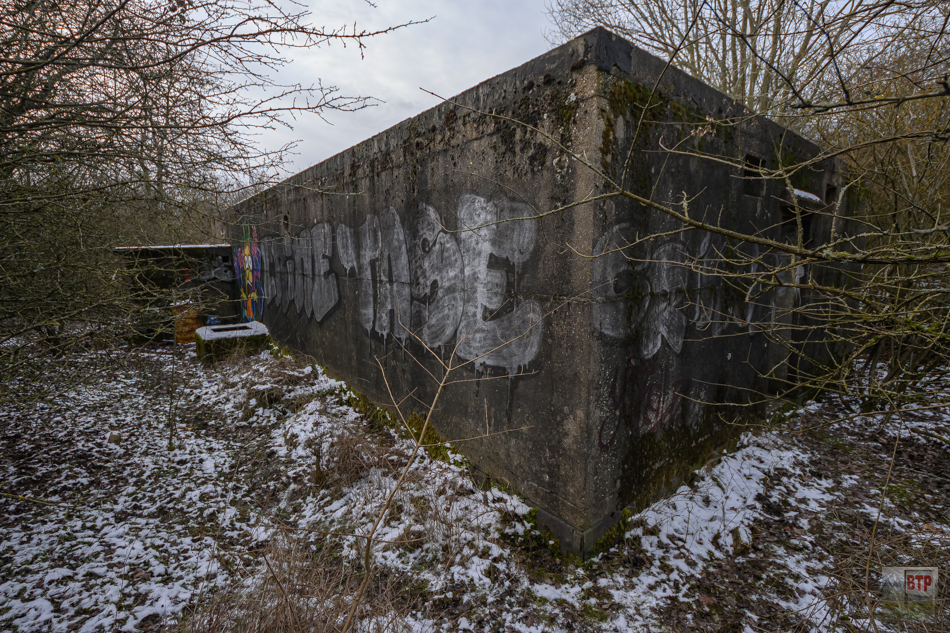
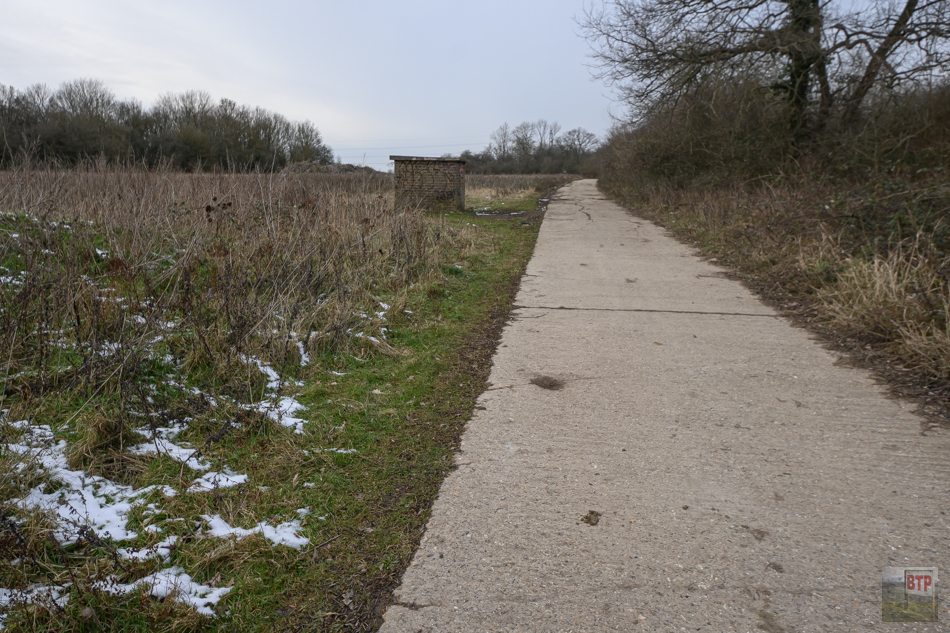
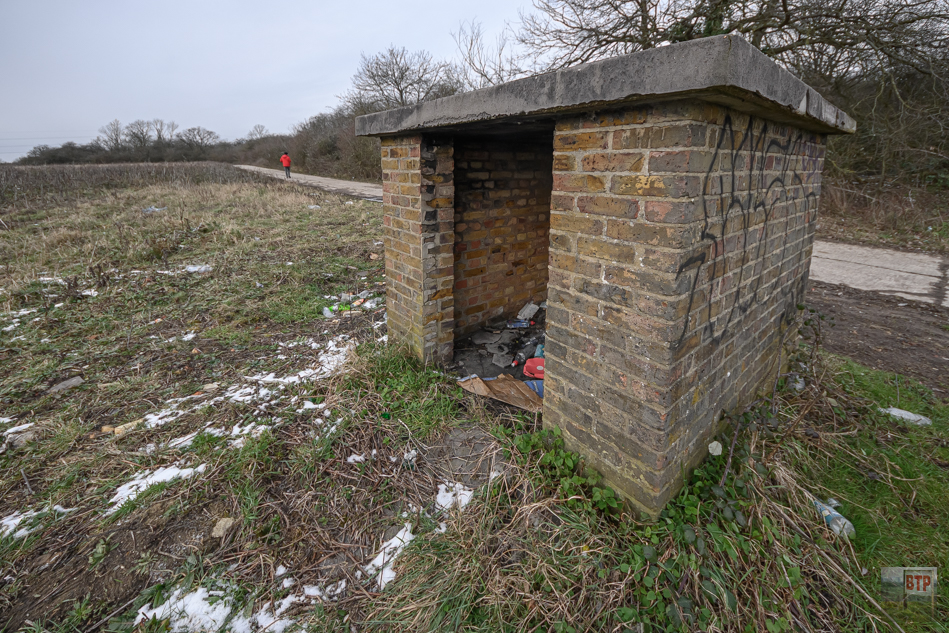
Sources: Historic England



